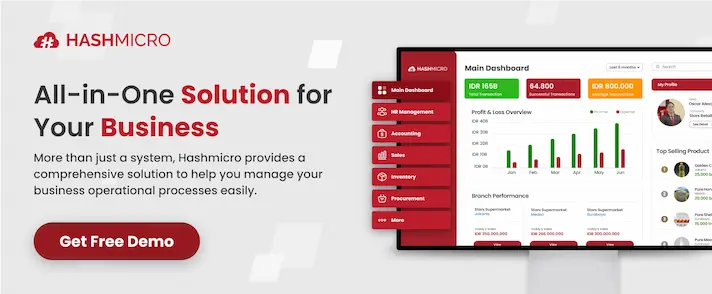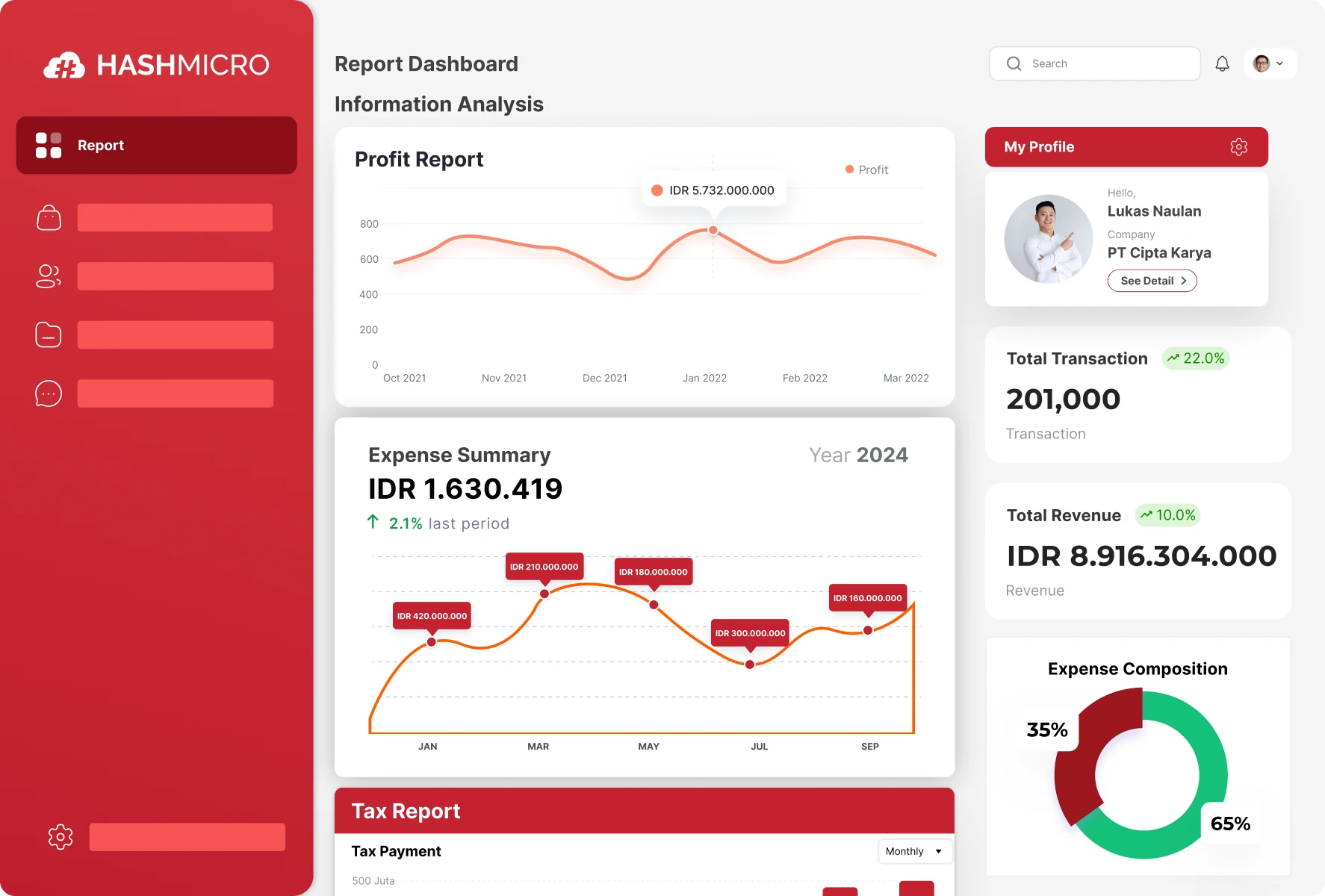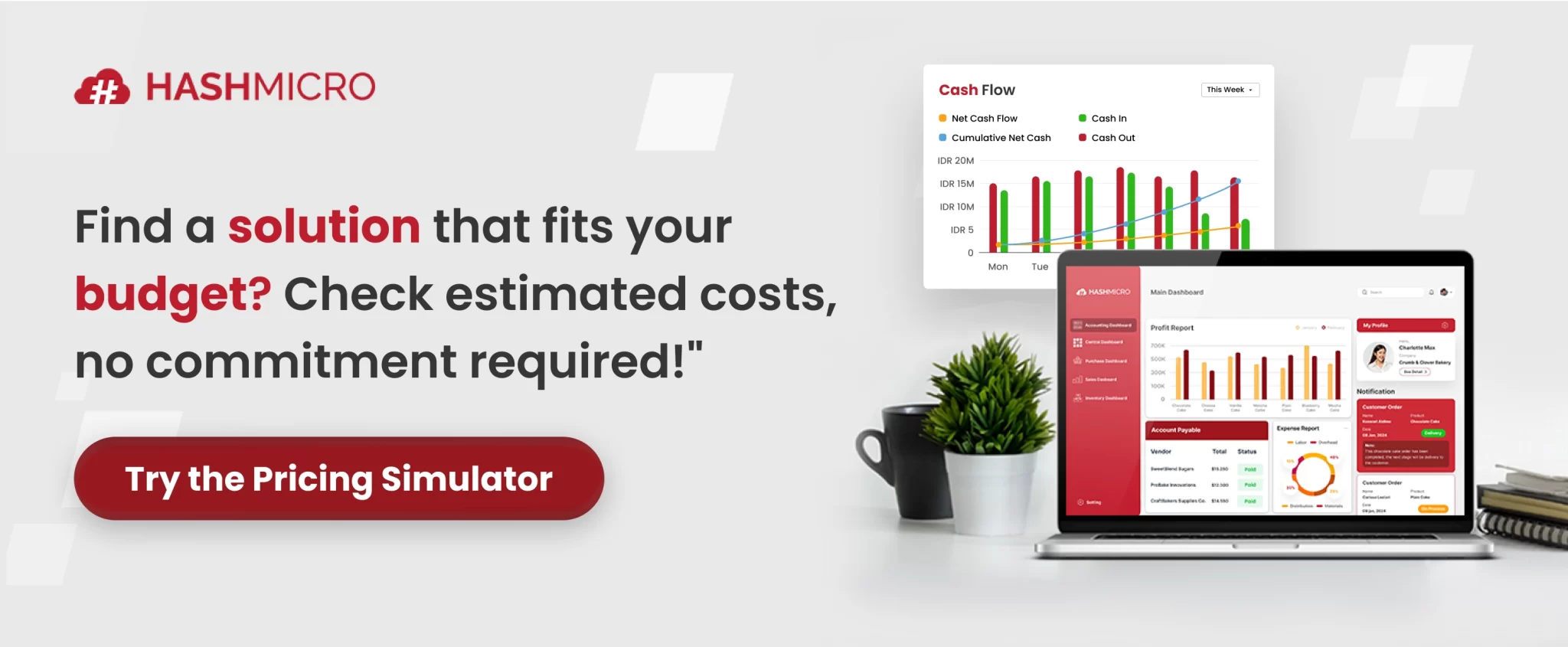Do you know which parts of your business truly drive profit?
Many companies focus on increasing sales, but without a clear understanding of where profits actually come from, it’s easy to invest time and resources in the wrong areas.
Profitability analysis helps reveal the actual performance of each product, service, or business segment, showing which ones deliver the highest returns and which quietly drain resources. For managers and executives, this insight enables better resource allocation, innovative pricing strategies, and stronger long-term growth.
This article will explain profitability analysis, explore its main types, and outline the calculation methods for turning financial data into informed, strategic decisions.
Key Takeaways
|

What is Profitability Analysis?
Profitability analysis assesses how well a business, product, service, or customer segment generates profit compared to the costs and resources required to sustain it. Rather than focusing solely on overall revenue, it examines the relationship between income, direct costs, and operational expenses to determine actual financial performance.
This approach allows leaders to pinpoint which areas deliver the highest returns, which are underperforming, and where strategic adjustments are needed.
In a competitive market, profitability analysis equips managers and executives with data-driven insights to optimize pricing, allocate resources more effectively, and prioritize initiatives that strengthen long-term financial health.
Profitability Analysis Importance in Businesses
Profitability analysis is a critical component of strategic financial management. It clearly explains how different products, services, markets, or customer segments contribute to the company’s bottom line.
With this insight, business leaders can allocate resources more effectively, optimize operational performance, and design strategies that maximize shareholder value.
Without such analysis, companies risk misdirecting investments, overlooking growth opportunities, and failing to address inefficiencies that erode profitability over time.
Key Components of a Profitability Analysis
A well-structured profitability analysis is built on several key components clearly showing a company’s financial performance.
Understanding these elements allows business leaders to identify profit drivers, reduce inefficiencies, and make strategic adjustments. With the support of reliable accounting software, gathering and analyzing these data points becomes faster and more accurate.
- Revenue Analysis
Evaluating total revenue generated from different products, services, or market segments to understand which areas deliver the highest income. This includes identifying seasonal trends and recurring income streams. - Cost Analysis
Breaking down direct and indirect costs, such as production expenses, labor, marketing, and overhead. This helps uncover areas where cost reductions can improve margins. - Gross Profit Margin
Calculating the difference between revenue and the cost of goods sold (COGS) to measure the efficiency of production and pricing strategies. - Net Profit Margin
After accounting for all expenses, taxes, and interest, determine the overall profit percentage. This provides a more comprehensive view of business profitability. - Product or Service Profitability
Assessing each product or service’s profitability guides decisions about which offerings to expand, adjust, or discontinue. - Customer or Market Segment Profitability
Identifying which customer groups or markets bring the most value to the business, allowing targeted sales and marketing efforts. - Break-even Analysis
Calculating the point at which total revenue equals total costs, ensuring leaders know the minimum performance needed to avoid losses.
Techniques for Calculating Profitability Analysis

Companies must apply the right calculation methods to gain meaningful insights from profitability analyses. These techniques help transform raw financial data into clear performance indicators, enabling leaders to make informed business decisions.
The formulas below are the most widely used in measuring profitability, and they can be calculated efficiently and accurately with the assistance of reliable accounting tools.
1. Gross Profit Margin
Measures how effectively a company generates gross profit from its revenue after deducting the direct costs of producing goods or services. This ratio is essential for evaluating production efficiency and pricing strategies.
Formula:
Gross Profit Margin = (Revenue – Cost of Goods Sold) / Revenue × 100
2. Net Profit Margin
It shows the percentage of revenue that remains net profit after all operating expenses, taxes, and interest have been paid. This indicator provides a clear view of a company’s overall profitability.
Formula:
Net Profit Margin = Net Profit / Revenue × 100
3. Return on Assets (ROA)
Indicates how effectively a company utilizes its total assets to generate net profit. This ratio is essential for assessing the efficiency of resource utilization.
Formula:
ROA = Net Profit / Total Assets × 100
4. Return on Equity (ROE)
Measures the rate of return earned by shareholders on the capital invested. It is used to evaluate management’s effectiveness in maximizing returns on equity capital.
Formula:
ROE = Net Profit / Shareholder’s Equity × 100
Examples of Profitability Analysis
Profitability analysis delivers the most impact when supported by real business data. In Singapore’s B2B landscape, this approach is widely applied by manufacturing firms, wholesale distributors, and technology service providers to assess which clients, projects, or service lines generate the highest returns compared to their costs.
For example, a technology services company might analyse its client portfolio and find that an annual contract worth SGD 500,000 with Client A produces a 35% profit margin, equivalent to SGD 175,000 in profit, due to efficient project execution and controlled operational expenses.
In contrast, an SGD 600,000 contract with Client B delivers only a 10% margin or SGD 60,000 in profit after factoring in higher customisation requirements and extended service hours.
With these insights, management can focus on high-margin accounts, renegotiate less profitable contracts, and allocate resources to service lines that strengthen overall business profitability and competitiveness in Singapore.
How HashMicro Helps Businesses Optimize Profitability Analysis

Practical profitability analysis requires more than just financial data; it demands accurate, integrated, and real-time insights to guide strategic decisions.
Powered by Hashy AI, HashMicro’s ERP system provides robust tools enabling businesses to measure, monitor, and enhance profitability with precision.
By centralizing financial, operational, and sales data in one platform, HashMicro ensures decision-makers have complete visibility into which products, services, or customers contribute most to the bottom line.
- Integrated Financial Data: Consolidate revenue, expenses, and cost data from multiple business functions into a single source of truth for accurate profit calculations.
- Advanced Cost Tracking: Monitor direct and indirect costs in real time, ensuring a clear picture of profitability across projects, products, or client accounts.
- Customer and Product Profitability Reports: Identify high-margin products and top-performing clients to focus resources where they deliver the greatest return.
- Customizable Dashboards: Track profitability metrics with interactive dashboards and tailor KPIs to match your business goals and industry needs.
Conclusion
Profitability analysis helps businesses uncover the fundamental drivers of profit and make smarter strategic decisions. Companies can focus on what delivers the highest returns by understanding revenues, costs, and margins in detail.
HashMicro’s integrated ERP simplifies this process by combining financial, operational, and sales data in one platform. This gives you the insight to refine pricing, control costs, and prioritise high-value clients.
See how HashMicro can improve your profitability analysis and boost business growth by requesting your free demo today.
Warning: Undefined array key "med" in /home/hashmicr/public_html/blog/wp-content/plugins/insert-headers-and-footers/includes/class-wpcode-snippet-execute.php(419) : eval()'d code on line 281

FAQProfitability Analysis
-
Why is customer profitability analysis important?
Analyzing customer profitability is one of the best ways to identify high and low-value types of customers and pinpoint which projects are skyrocketing your business expenses.
-
What are the three most important financial statements?
The balance sheet, income statement, and cash flow statement each offer unique details with information that is all interconnected. Together the three statements give a comprehensive portrayal of the company’s operating activities.
-
How is profitability analysis done?
Performing a profitability analysis involves using a variety of margin and return ratios. These allow you to examine profitability relative to different costs or assess the profitability of your assets and investments.












